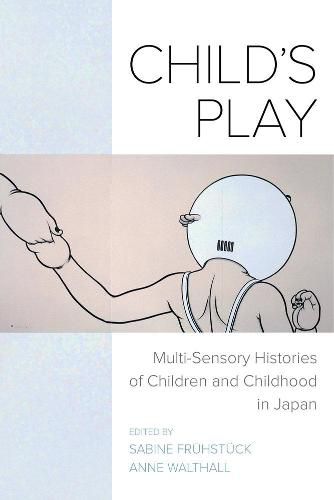Readings Newsletter
Become a Readings Member to make your shopping experience even easier.
Sign in or sign up for free!
You’re not far away from qualifying for FREE standard shipping within Australia
You’ve qualified for FREE standard shipping within Australia
The cart is loading…






A free ebook version of this title is available through Luminos, University of California Press’s Open Access publishing program. Visit www.luminosoa.org to learn more.
Few things make Japanese adults feel quite as anxious today as the phenomenon called the child crisis. Various media teem with intense debates about bullying in schools, child poverty, child suicides, violent crimes committed by children, the rise of socially withdrawn youngsters, and forceful moves by the government to introduce a more conservative educational curriculum. These issues have propelled Japan into the center of a set of global conversations about the nature of children and how to raise them. Engaging both the history of children and childhood and the history of emotions, contributors to this volume track Japanese childhood through a number of historical scenarios. Such explorations-some from Japan’s early-modern past-are revealed through letters, diaries, memoirs, family and household records, and religious polemics about promising, rambunctious, sickly, happy, and dutiful youngsters.
$9.00 standard shipping within Australia
FREE standard shipping within Australia for orders over $100.00
Express & International shipping calculated at checkout
A free ebook version of this title is available through Luminos, University of California Press’s Open Access publishing program. Visit www.luminosoa.org to learn more.
Few things make Japanese adults feel quite as anxious today as the phenomenon called the child crisis. Various media teem with intense debates about bullying in schools, child poverty, child suicides, violent crimes committed by children, the rise of socially withdrawn youngsters, and forceful moves by the government to introduce a more conservative educational curriculum. These issues have propelled Japan into the center of a set of global conversations about the nature of children and how to raise them. Engaging both the history of children and childhood and the history of emotions, contributors to this volume track Japanese childhood through a number of historical scenarios. Such explorations-some from Japan’s early-modern past-are revealed through letters, diaries, memoirs, family and household records, and religious polemics about promising, rambunctious, sickly, happy, and dutiful youngsters.